Ever wonder what happens when you take a fresh-faced high school graduate and throw them into the deep end of military telecommunications? Turns out, you get a crash course in everything from RF theory to dodging simulated North Korean infiltrators while swatting mosquitoes in full MOPP gear. Welcome to my four-year adventure in the U.S. Air Force’s world of bits, bytes, and battlefield readiness.
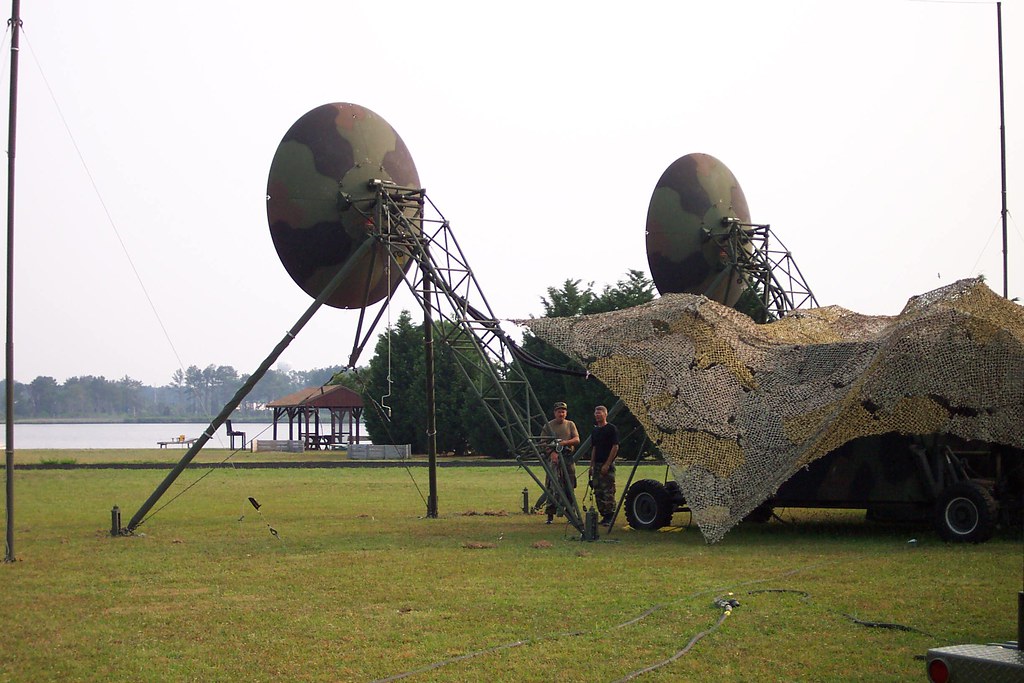

The Tech School Chronicles
My journey began at Lackland AFB, where I dove headfirst into the fascinating world of electronic repair principles and RF theory. Think “Electronics 101” meets “How to Not Fry Yourself with High Voltage.” From there, it was off to Fort Gordon, Georgia, where I leveled up to advanced training in tropospheric scatter and satellite communications.
I was actually at Fort Gordon when 9/11 happened, a day that would fundamentally change the trajectory of many military careers, including mine. The theoretical suddenly became very real.
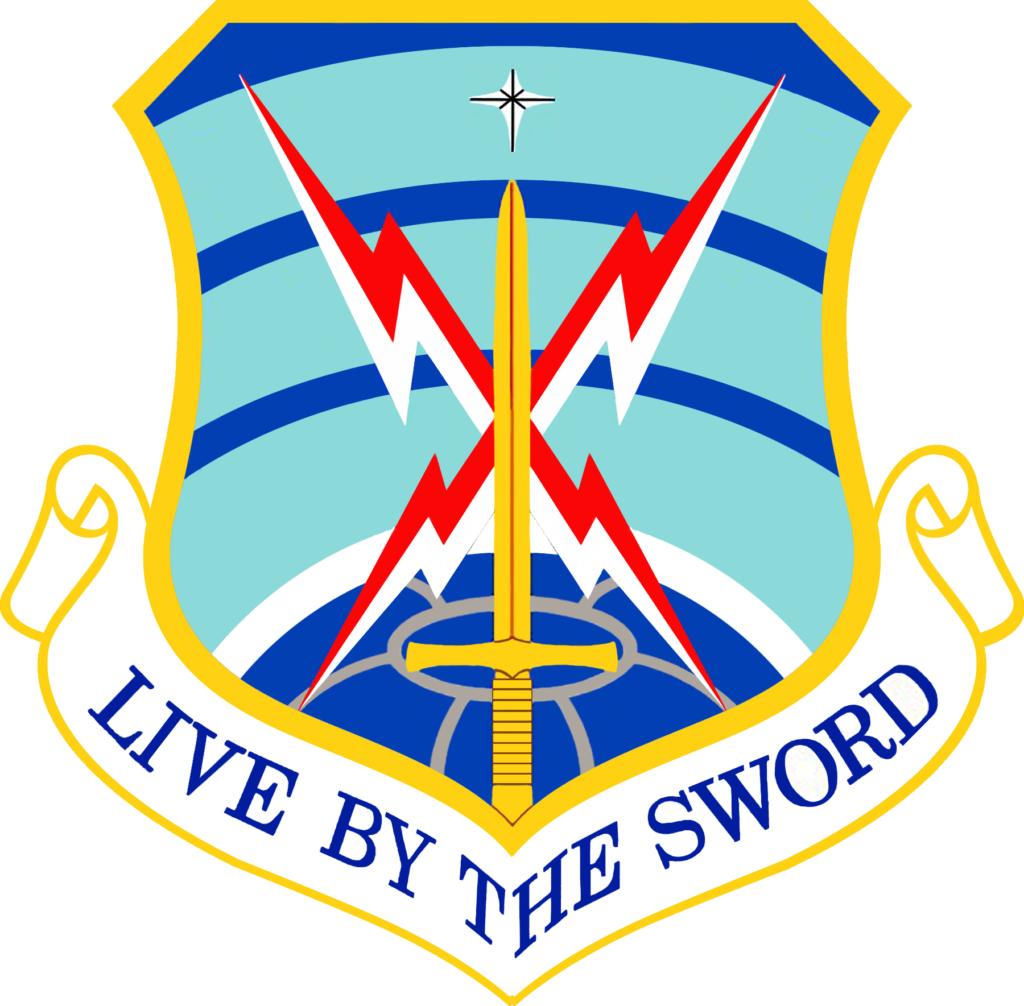
Combat Comms: Not Your Average IT Job
At Tinker AFB’s 34th Combat Communications Squadron (affectionately known as “Muscle of the Herd”), I learned that being a technical specialist in the military means wearing multiple hats – sometimes literally, when they’re made of Kevlar. Combat readiness school was essentially “Infantry Light,” complete with:
- SERE training (the “lite” version, thankfully)
- POW training (spoiler: it’s not fun)
- Chemical warfare readiness (because fixing radios in MOPP gear isn’t hard enough)
- Convoy operations (where “road trip” takes on a whole new meaning)
- Foxhole digging (pro tip: never compete with Army infantry at this)
Saudi Arabia: Operation Southern Watch
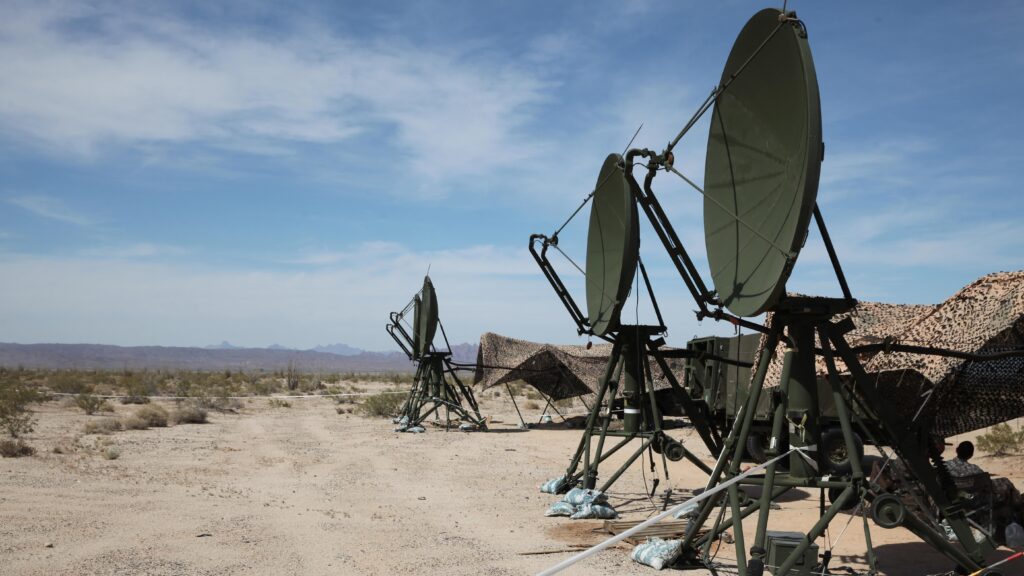
TRC-170 tropospheric scatter wideband system with the “mouse ears” antenna setup
My first real-world mission deployed me to Eskan Village, Saudi Arabia, where I maintained a TRC-170 tropospheric scatter system. For the tech-curious, this beast provides high-bandwidth communication over the horizon using tropospheric scatter propagation. Our mission? Providing real-time radar feeds to a Patriot missile battery protecting Prince Sultan Air Base and Riyadh from potential Scud missile attacks. Nothing like knowing your equipment’s reliability directly impacts missile defense effectiveness to keep you motivated during maintenance checks.
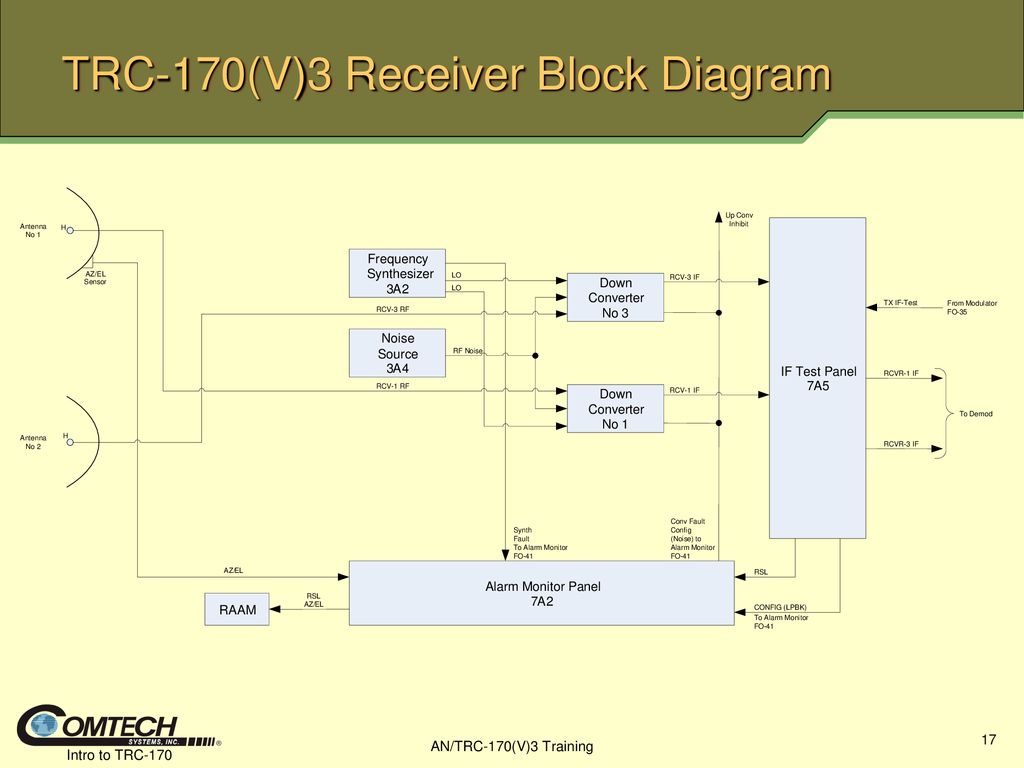
TRC-170 Rx block diagram that I will see in my dreams for the rest of my life
During this deployment, I identified and resolved a critical communications fault that was affecting our radar link to Prince Sultan Air Base. The issue manifested when the sun was at its lowest point, as our comm link’s axis aligned with the rising and setting sun during the peak of Solar Cycle 23. After noticing this pattern, I developed a specialized antenna system to test my theory, correlating the communications disruptions with solar flux activity data. This technical investigation and solution earned me an Air Force Achievement Medal, as the fix ensured continuous radar coverage for the Patriot missile defense system.
Korean Adventures: The AN/TSC-100A Saga

A AN/TSC-100A being set up during a combat exercise
Volunteering for a remote tour landed me at Osan Air Base, South Korea, where I worked with the AN/TSC-100A satellite terminal alongside ROK (Republic of Korea) forces. This wasn’t just about maintaining equipment – it was about international collaboration, cultural exchange, and occasionally participating in base-wide simulated warfare scenarios.
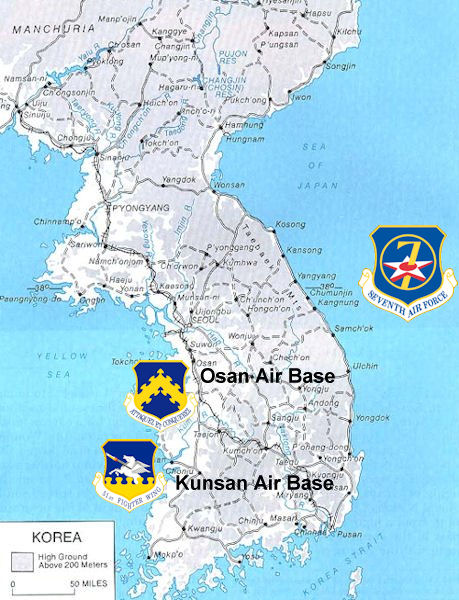

Picture this: You’re in a foxhole, drenched in summer humidity, wearing full MOPP gear, swatting mosquitoes that somehow seem immune to chemical warfare protection, while keeping an eye out for the “Wolf Pack” (our designated aggressors). Meanwhile, you’re also responsible for maintaining critical satellite communications back to PACOM. Multi-tasking takes on a whole new meaning.

The infamous annual Osan joint combat exercise



U2 spy plane taxiing on the runway prior to a ISR mission at Osan AFB. I would see this plan take off from the flight line behind my barracks on a regular basis.
The British Chapter: RAF Croughton

60′ satellite uplink at RAF Croughton, Northamptonshire U.K.
My final station was RAF Croughton in the UK, home to a 60-foot satellite uplink dish handling roughly two-thirds of all communications from the Middle East and European theater. Having a secret clearance and managing critical infrastructure sounds impressive until you realize you’re basically a glorified space radio repairman who happens to fall asleep to the sound of Formula One cars testing at nearby Silverstone Circuit.
Technical Growth and Global Perspective
Throughout these four years, I gained deep expertise in:
- Tropospheric scatter communications systems
- Satellite terminal operations and maintenance
- High-bandwidth radio communication systems
- Cross-cultural military operations
- The fine art of troubleshooting equipment while sleep-deprived
But beyond the technical skills, I learned something more valuable: how the U.S. military works with its allies to maintain global communications infrastructure. From Saudi Arabia to South Korea to the UK, each assignment showed me a different facet of international military cooperation.
Looking Back
Joining the Air Force right out of high school was like trying to compile code without reading the documentation first – terrifying but ultimately rewarding. Those four years transformed me from a green recruit into a seasoned technician, taught me the importance of global partnerships, and showed me that sometimes the best way to learn is to jump right into the deep end – preferably while carrying a toolbox and wearing MOPP gear.
Just remember: no matter how advanced the technology gets, there will always be a need for someone who can fix it while wearing chemical warfare gear in a mosquito-infested foxhole. That’s job security you can’t find in Silicon Valley.
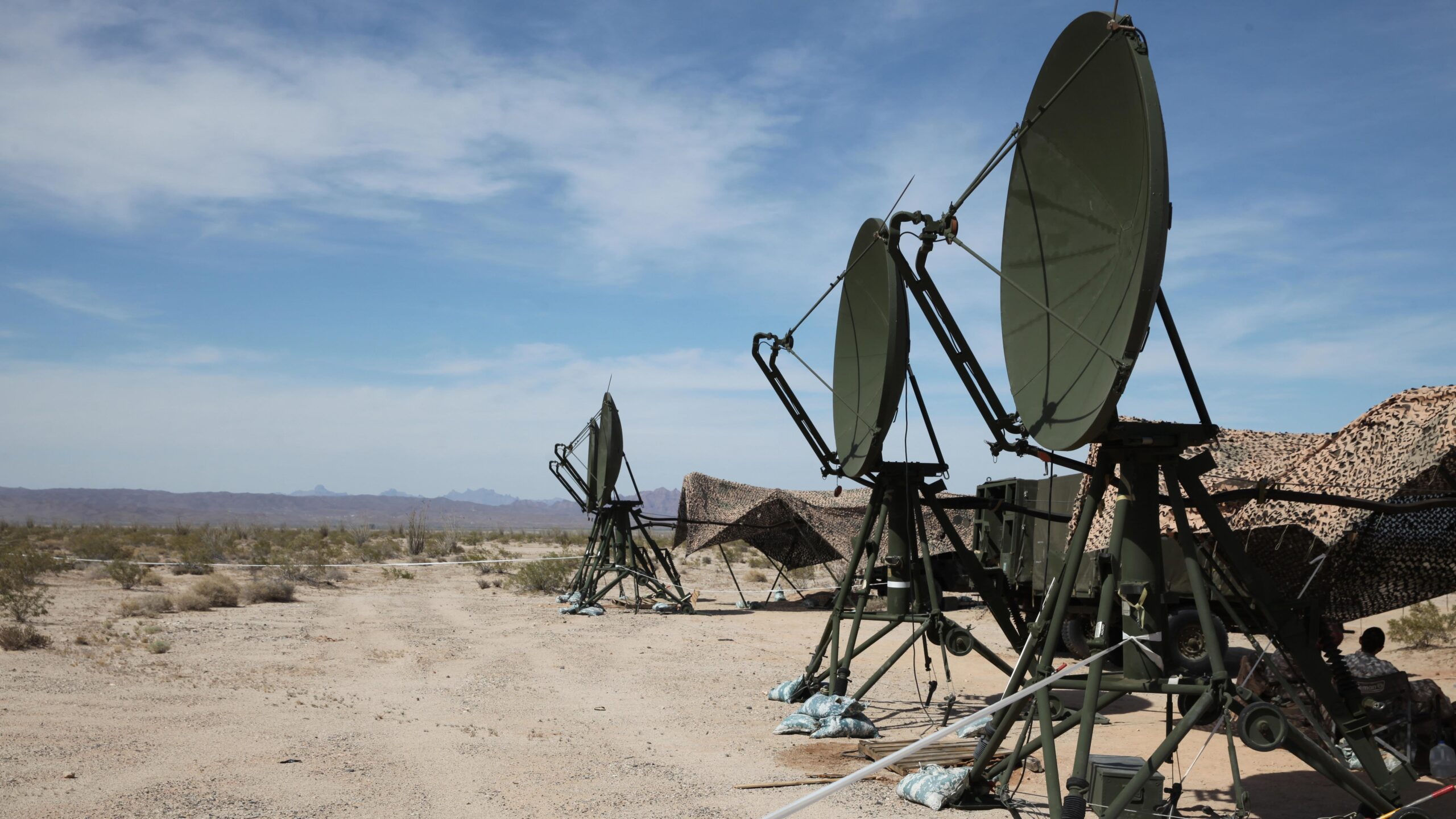
Comments
One response to “USAF Satcom Wideband & Telemetry”
Hi, this is a comment.
To get started with moderating, editing, and deleting comments, please visit the Comments screen in the dashboard.
Commenter avatars come from Gravatar.